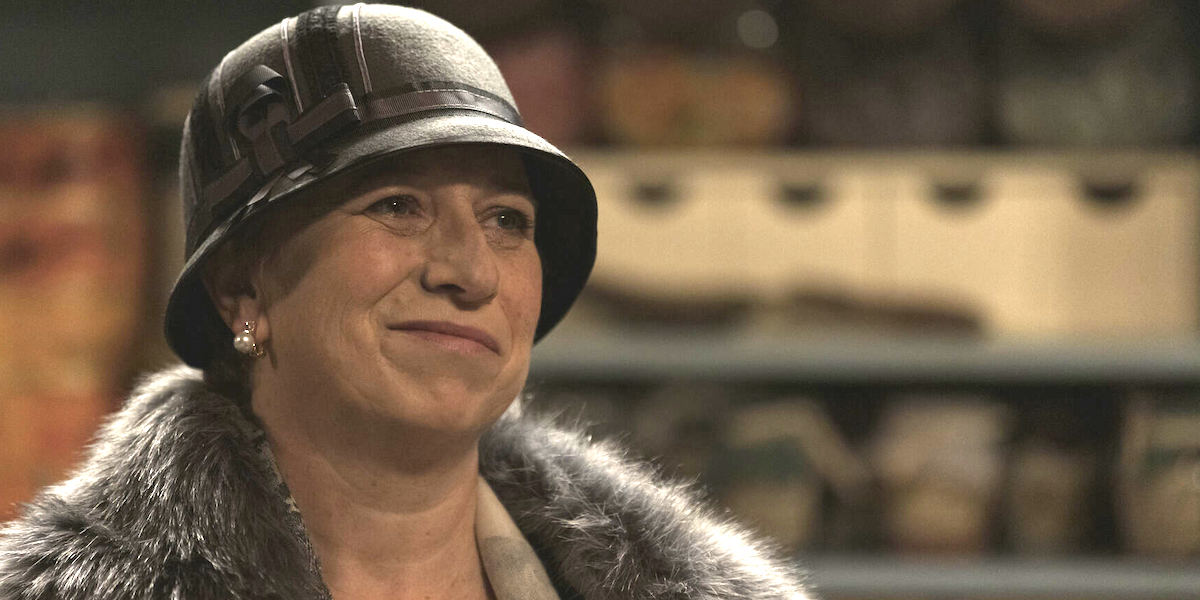The steel slabs oscillate in the air of Monfalcone. The cranes are busy unloading the cargo from the three ships swimming in the waters of the Adriatic. This port, a short distance from that of Trieste, is home to the Fincantieri shipyards, the most important transalpine civil and military naval group. While the largest cruise ships come out of its harbours, huge quantities of semi-finished steel products imported into Italy are unloaded on its quays. Normally, 75% comes from Ukraine, mainly from the Azovstal steelworks in Mariupol. 25% of Russian steel exports to the EU and 47% of Ukrainians arrive in Italy. An essential raw material for the reconstruction of the Genoa bridge which collapsed four years ago but above all for the construction of the giant liners of Fincantieri.
South America and Asia replace Eastern Europe
“It was before the Russian invasion of February 24, which caused the activity to collapse by almost 80%, deplores Mitter Mandolini, president of the company Alto Adriatico, service provider for the Monfalcone shipyards. But after a difficult month, we refocused on other markets. The ships you see come from Brazil, Vietnam and India. They take 25 days to reach the Adriatic coast where it only takes a week from the Black Sea.
“To cushion the additional costs, the shipowners doubled the shipments of slabs, which went from 20,000 tonnes to 40,000 tonnes on average,” explains Mitter Mandolini. The activity has returned to normal even if it is more concentrated in time since before, we managed the arrival of ten ships per month against 4 today. To make their trips profitable, they are filled with all kinds of products. I feel like we’ve gone back 40 years. »
The New Silk Roads
To secure their future, Monfalcone and Trieste have become accustomed to looking east. The German company Hamburger Hafen und Logistik AG (HHLA), whose main shareholder is the city of Hamburg, acquired in 2020 50.01% of their logistics platform. But the promises from the East are the main guarantee of their prosperity. In 2019, the government of Giuseppe Conte signed a memorandum of understanding with China to seal Italy’s participation in the pharaonic maritime and land infrastructure project called “New Silk Roads”.
Beijing wanted to make Trieste its gateway to Europe. Its waters among the deepest on the continent make it an ideal outlet for large ships. But it is above all its status as a free port that makes it particularly attractive. Products transiting there are not immediately subject to customs duties, making landing procedures faster and cheaper.
The opportunities offered by the war in Ukraine
“The increase in traffic from Asia had already boosted our activity, but the war in Ukraine is causing us to break new records”, observes Zeno D’Agostino, president of the port of Trieste. During the first quarter of 2022, 14.1 million tonnes of goods passed through it, up +19.6% in one year. 90% of the goods are destined for the European and international markets thanks to the numerous rail connections which make Trieste a serious competitor of the ports of Northern Europe, in particular Hamburg and Rotterdam.
“The current conflict is a humanitarian disaster but represents an economic opportunity,” explains Zeno D’Agostino. With the need for energy independence from Russia, the activity of the oil terminal will increase. Our warehouses are full to face the various crises. »
Navigating the troubled waters of the global economy scares neither the port of Trieste nor that of Monfalcone. Italian ports will benefit from more than 30 billion euros for the modernization of their infrastructures as part of the European recovery plan. Enough to make them essential anchor points for new international trade routes.
–

/cloudfront-eu-central-1.images.arcpublishing.com/madsack/X5XQ7YRRFKSMRHMKER7FOYJ4LU.jpg)
